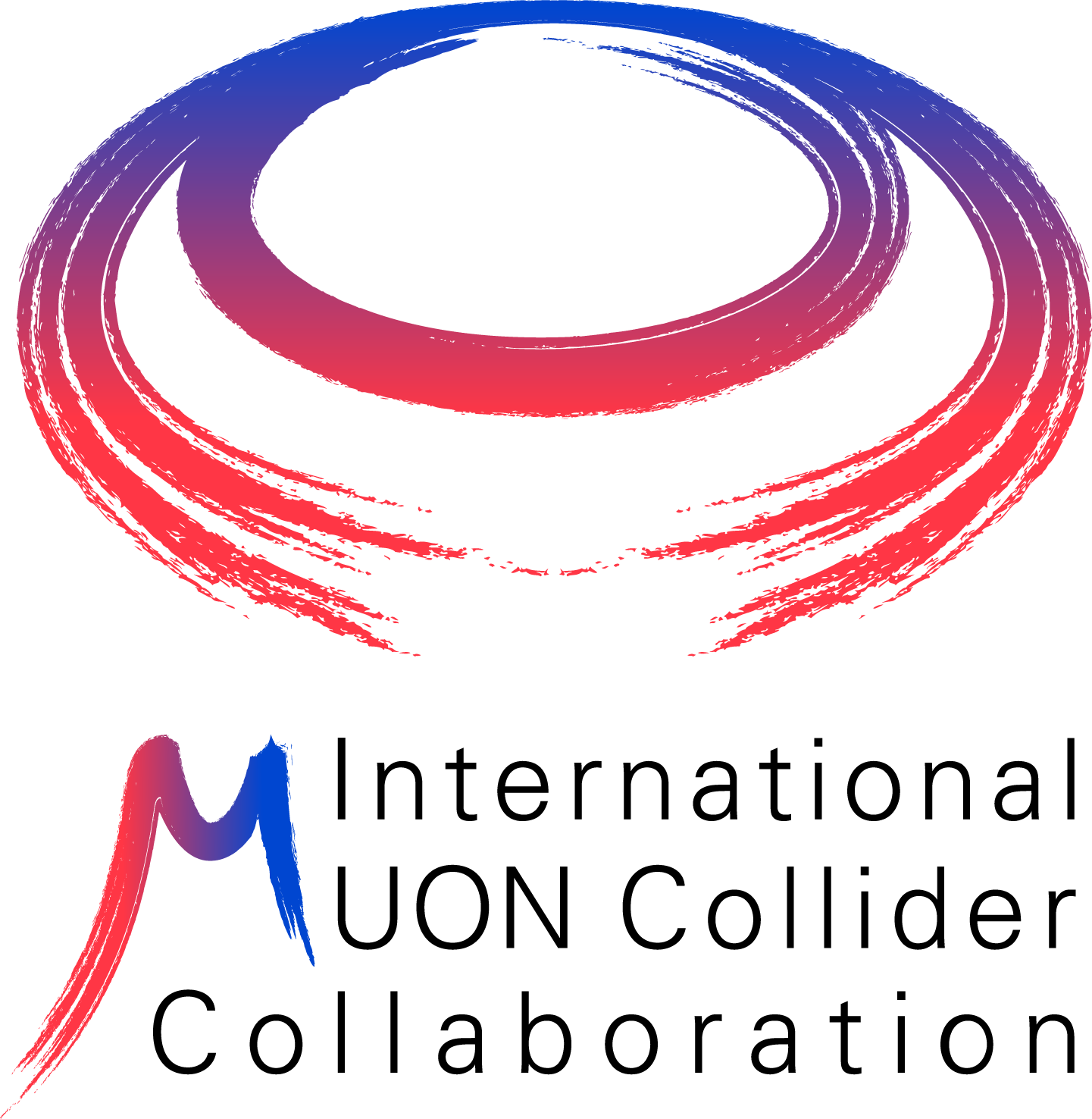The Update of the European Strategy for Particle Physics recommended to integrate an international design study for a muon collider in the European Roadmap for accelerator R&D (2022). Motivated by this, the Laboratory Directors Group representing the large European Particle Physics Laboratories, has initiated in 2021 the International Muon Collider Collaboration to develop a concept for a muon collider.
A muon collider would be an exciting endavour. By colliding muons for the first time, it would enter uncharted territory for both the physics and the accelerator cases. A muon collider could run using less energy compared to electron-positron and proton colliders, for example a 10 TeV muon collider could be competitive with a 100 TeV proton collider and combines all advantages of a proton-proton and an electron-positron collider. Therefore, a high energy for the production of new particles is available. These high staticstics come with only a small background, making it ideal for precision measurements.
The current muon collider baseline concept used for the collider concept being developed by the IMCC was developed by the Muon Accelerator Program – MAP – US Collaboration between 2010 and 2017, which conducted a focused programme of technology R&D to evaluate its feasibility.

This design consists of five parts: the proton driver, which accelerates the protons; the so-called front end, which contains the target, on which pions and muons are produced; and solenoid magnets directing the muons to the cooling station, which is the third part. Once the muon beams have the approporiate volume, they are re-accelerated in the fourth part, before the beams are injected into the collider.
The principle of ionization cooling that is required to reach sufficient luminosity for a muon collider was successfully demonstrated by the UK Muon Ionization Cooling Experiment collaboration (MICE).
